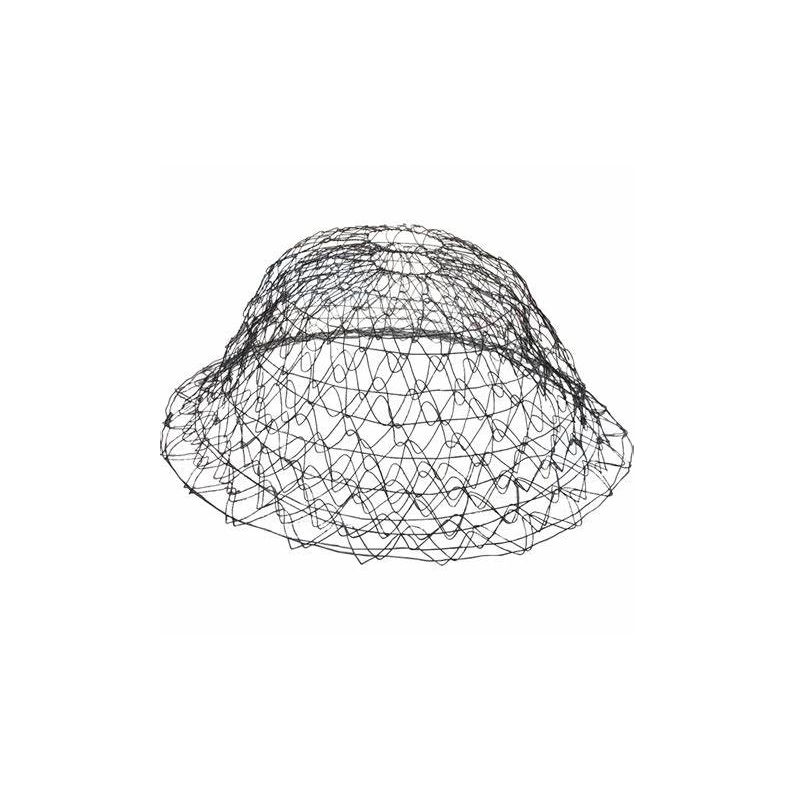
- Mobile Phone
- +8613931874955
- sales@cntcmetal.com
Applications and Advantages of Wire Mesh in Modern Construction Techniques
The Role of Wire Mesh in Construction
Wire mesh, a versatile construction material, plays a critical role in various structural applications. Consisting of interconnected wires that create a grid-like pattern, wire mesh is manufactured in different sizes, shapes, and materials to suit specific building needs. From reinforcing concrete to serving as protective barriers, its applications in the construction industry are both numerous and essential.
One of the primary uses of wire mesh is in concrete reinforcement. When concrete is poured, it is undoubtedly strong in compression but weak in tension. To enhance its tensile strength, reinforcing bars or wire mesh are added. Wire mesh, often referred to as welded wire fabric (WWF), consists of steel wires welded together at intersections. This grid not only stabilizes concrete structures but also distributes loads evenly, preventing cracking and ensuring structural integrity. Whether used in slabs, walls, or foundations, wire mesh is critical in enhancing the durability and lifespan of concrete.
The Role of Wire Mesh in Construction
Wire mesh also serves as an essential component in landscaping and environmental protection projects. For instance, wire mesh is used in gabion walls, which are structures made of wire mesh cages filled with rocks, stones, or soil. These walls are often utilized to control erosion, stabilize slopes, and manage water runoff in a sustainable manner. Additionally, wire mesh can function as a barrier for wildlife, preventing animals from entering certain areas while allowing for airflow and natural drainage.
wire mesh used in construction

In safety and health contexts, wire mesh provides valuable protection. It can be used in the construction of fences to secure building sites, preventing unauthorized access and protecting workers from potential hazards. In areas vulnerable to pests, wire mesh screens can keep insects and rodents out while allowing ventilation. This application is particularly valuable in agricultural settings, where crops are safeguarded from pests.
The versatility of wire mesh also makes it suitable for a variety of DIY projects. Homeowners often use wire mesh for fencing, trellises, and even decorative features in gardens. Its adaptability allows for creative applications, proving that wire mesh is not only practical but can also contribute aesthetically to outdoor spaces.
Moreover, with the increasing emphasis on sustainable building practices, wire mesh offers an environmentally friendly option. Many wire meshes are made from recycled materials, contributing to energy savings and reduced waste. Furthermore, the longevity and durability of wire mesh reduce the need for frequent replacements, making it a more sustainable choice in the long run.
In conclusion, wire mesh is an indispensable material in the construction industry, fulfilling roles that range from structural reinforcement to protective barriers and aesthetic enhancements. Its durability, versatility, and cost-effectiveness make it an ideal choice for various applications. As construction practices evolve, the importance of wire mesh is likely to continue to grow, proving to be a cornerstone in modern building solutions. Whether for large-scale industrial projects or small home improvements, wire mesh remains a reliable and efficient choice for construction professionals and DIY enthusiasts alike.
share:
-
Wall Ties for Concrete: Invisible Guardians of Building Structural StabilityNewsAug.08,2025
-
Timber Frame Wall Ties: Stable Bonds for Load TransmissionNewsAug.08,2025
-
Stainless Steel Woven Wire Mesh: A versatile material from boundary protection to functional supportNewsAug.08,2025
-
Powder Coat Coil Springs: Creating peace of mind and reliability with sturdy protectionNewsAug.08,2025
-
Floor Standing Sign Holder: A Powerful Assistant for Flexible DisplayNewsAug.08,2025
-
Binding Iron Wire: An Invisible Bond for Building StabilityNewsAug.08,2025
-
Yard Sign Stakes: Reliable Guardians of Outdoor SignsNewsAug.04,2025



















